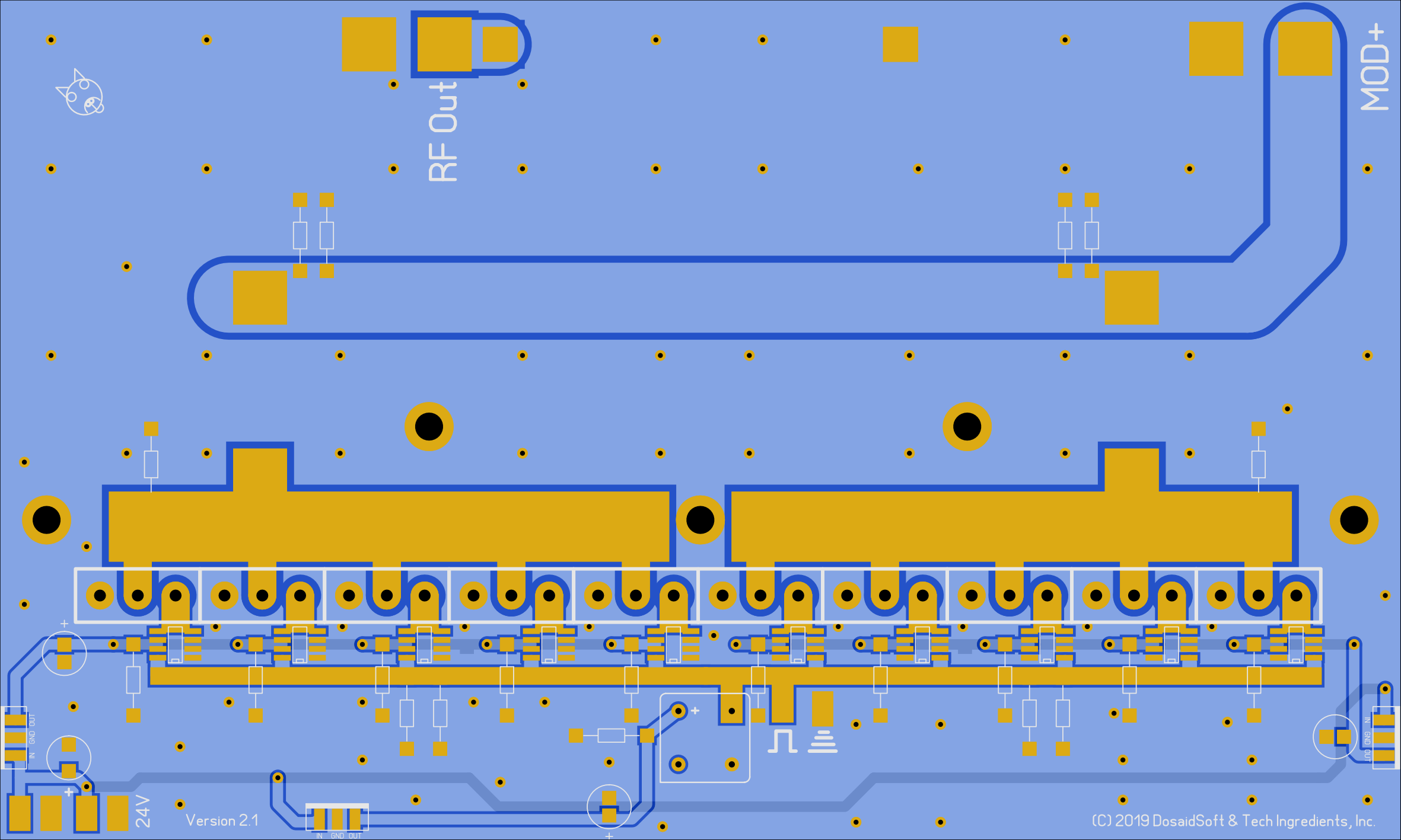So my radio project is still in the works, but I am waiting on my PCBs for the improved version covering 40m band.
I haven’t posted any retro computing stuff yet, so I’d like to talk about my recent experience with AMD K6-2.

I am attempting to build a computer that is right in-between the DOS era and the Pentium III era (this is circa 1999).
So what games should this system be able to play?
Quake 2
Quake 3
Deus Ex
Unreal 1
Maybe half-life?
It runs my game Oasis! Interestingly, the development environment (AGS) will run on there too, so I could actually make period correct games on the system.
After some research on this subject (including the great website – philscomputerlab.com), I concluded that the best motherboard to use for this would be the Gigabyte GA-5AX. I managed to find the Rev. 4.1 of this board on ebay for a reasonable price of $99. This board supports pretty much any Socket 7 and Super Socket 7 processor out there. This includes AMD, Intel, and even Cyrix. The fastest CPUs come from AMD and are the K6-2 and K6-3 series. What makes this combo special is that it can be used as a DOS PC or a much faster Windows PC by overclocking and underclocking. It can be underclocked enough to run older DOS games at the correct speed as well as windows with the overclock. Overall, it is a good balance with its wide range of speeds.
But that’s about all there is that’s good about it. Its AGP support is extremely buggy and it’s nearly impossible to get both OpenGL and DirectX working. You might get one or the other, but I have not been able to get both of them working at the same time yet. Both NVIDIA and ATI are the least compatible cards in this system and they are the only I have tried as of yet. Matrox and 3dfx are two graphics card companies that no longer exist, but apparently they have the best compatibility with this motherboard. I have tried 5 ATI and NVIDIA cards so far and I will soon try a 3dfx voodoo an report the results.
The cards I have tried are:
ATI Rage Pro 128
NVIDIA TNT2 M64
NVIDIA Geforce FX5500
NVIDIA Geforce 4 MX 440
ATI Radeon 7000
These have each been tested with Windows 2000 and four different driver revisions. What usually occurs when testing is the system with either immediately reboot upon entering OpenGL or DirectX or it will display the message “The exception privileged instruction 0xxxxxx”. This got me thinking that the problem has to do with the driver using a newer instruction that hasn’t been implemented in this CPU. I will soon try a Voodoo3 3500 to see if their drivers work. A Matrox G400 is also a good card to try. I will first try replacing the K6-2 with a K6-3+ and see if maybe some newer instructions are implemented in this CPU. It doesn’t seem likely and I can’t find any documentation about instructions, but it is possible.
If anyone is having a similar error with OpenGL, I did find that the SciTech GLDirect drivers DO WORK. They basically emulated OpenGL inside of DirectX. This works, but there is a lot of CPU overhead and so it runs very slowly.
To put this in perspective, I am able to run a Radeon HD 4650 in a Dual CPU Pentium III system (CUV4X-D) with no problems and full DirectX 9.0c and OpenGL support. This graphics card was released on Sep 10th, 2008. The CPU and mobo were circa 2001. There is a massive gap here and this type of gap usually exists for most systems, but not for Super Socket 7 which will only work with era correct cards.
There is a website here http://www.amd-k6.com/os-support/
. . .where the guy explains running what seems to be impossible. It is unlikely that he has both OpenGL and DirectX working with the setup he describes. Don’t let this site fool you into tying a Geforce FX card on this type of system. It will not work!
It is entirely possible that this would work better with Windows 98 SE, but I refuse to use it. It’s buggy and its task manager is more like a modern day phone (where you don’t really have a clue what is actually running in the background).
When I get this system working, I’ll report back here maybe with some benchmarks.
Here are the system specs:
GA-5AX Rev. 4.1
768MB PC133 SDRAM
AMD K6-2 400MHz
Creative ES1373
Windows 2000 SP4
UPDATE 09-08-2020:
I figured I should update this here rather than making a new post cause this will be brief. For anyone who is wondering what I got working with this system, well, it turns out the voodoo3 card was the best. It worked perfectly with both OpenGL and DirectX. This project is now complete.



